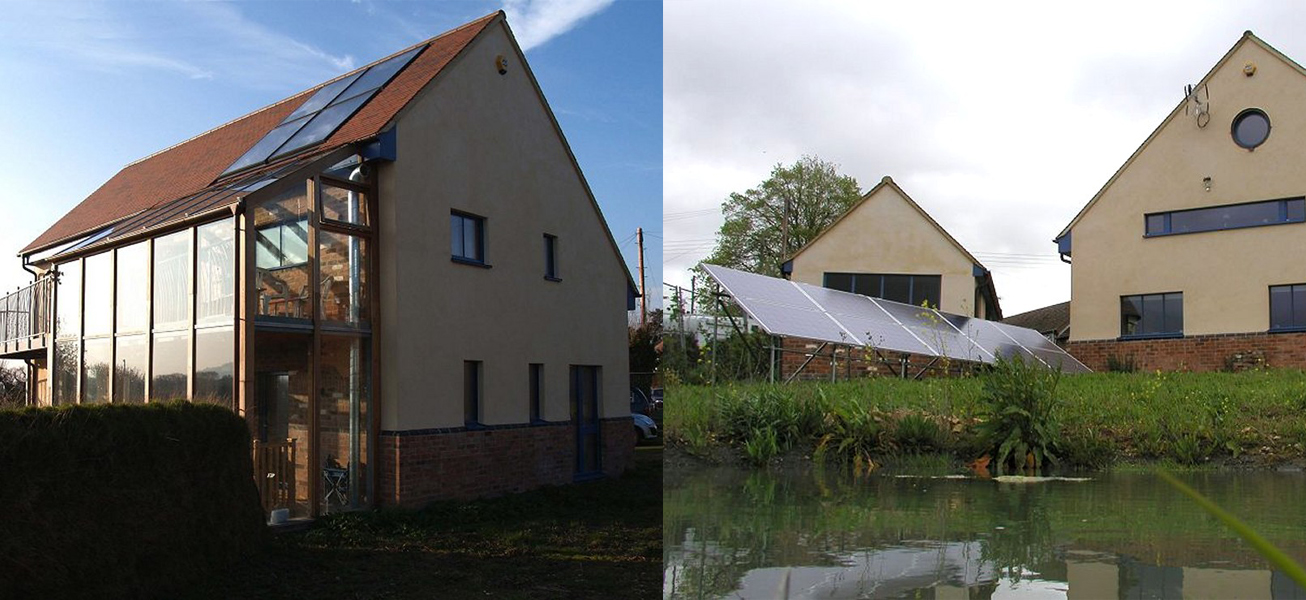Don’t get us wrong, we like having a roof over our heads.
But most of our homes produce a heck of a lot of carbon: in fact, household air pollution is the world’s largest environmental health risk, according to the World Health Organisation.
Which is why ex-London living couple Mike Coe and Lizzie Stoodley decided to green up their lives by building a ‘self-sustaining home.’ (The project took a total of five years to complete. Yikes.)
The Cropthorne Autonomous House, in the Worcestershire countryside, generates its own energy almost exclusively, is crafted from upcycled materials and treads as lightly on the earth’s resources as possible.
We caught up with Mike and Lizzie to find out more about the future-facing features of the house. Expect to see a lot more of these ideas taking hold over the next few years.
***
1. Compostable loos
In the average household, thirty to forty per cent of the clean drinking water is flushed straight down the toilet. Mike and Lizzie’s approach cuts out this wastage.
The first thing they built was a compost chamber (the rest of the house was built around it). It turns human waste into odour-free garden compost and liquid fertiliser. No flushing needed, just a few wood shavings thrown into the chamber every now and then.

2. Rainwater processed into drinking water
After collecting on the roof and other areas of the house’s exterior, rainwater is piped into the basement and piped into a filtration system. The filtered water is then used in the house’s plumbing system for washing. Even the pipes are made from highly recyclable copper, not plastic.
3. South-facing, to absorb the most daylight and heat
So simple, and yet so effective – the maximum exposure to sunlight creates a greenhouse effect. All the windows are also triple glazed, creating almost complete insulation.
“The heat and energy generated is then harnessed. If this system is built in the right way, you reduce your need for a heating system,” Mike says.

4. Pre-loved materials to decorate
As well as constructing an impressive renewable energy scheme, Mike and Lizzie used wine bottle glass to construct their stained glass windows.
5. Electricity-producing panels in the garden
Photovoltaic panels (containing solar cells that can generate the sun’s energy into electricity) are used to supplement the project’s one external energy connection, to the national grid.
***
While the majority of us can’t make this kind of commitment to an autonomous lifestyle, Mike says that the best thing you can do is look for ways that you can make your own living environment more sustainable.
“The main thing is to work in harmony with the environment you have. You can always make improvements to make your living situation more sustainable,” he says.
See also:
How To Make Your Hairstyle Sustainable
